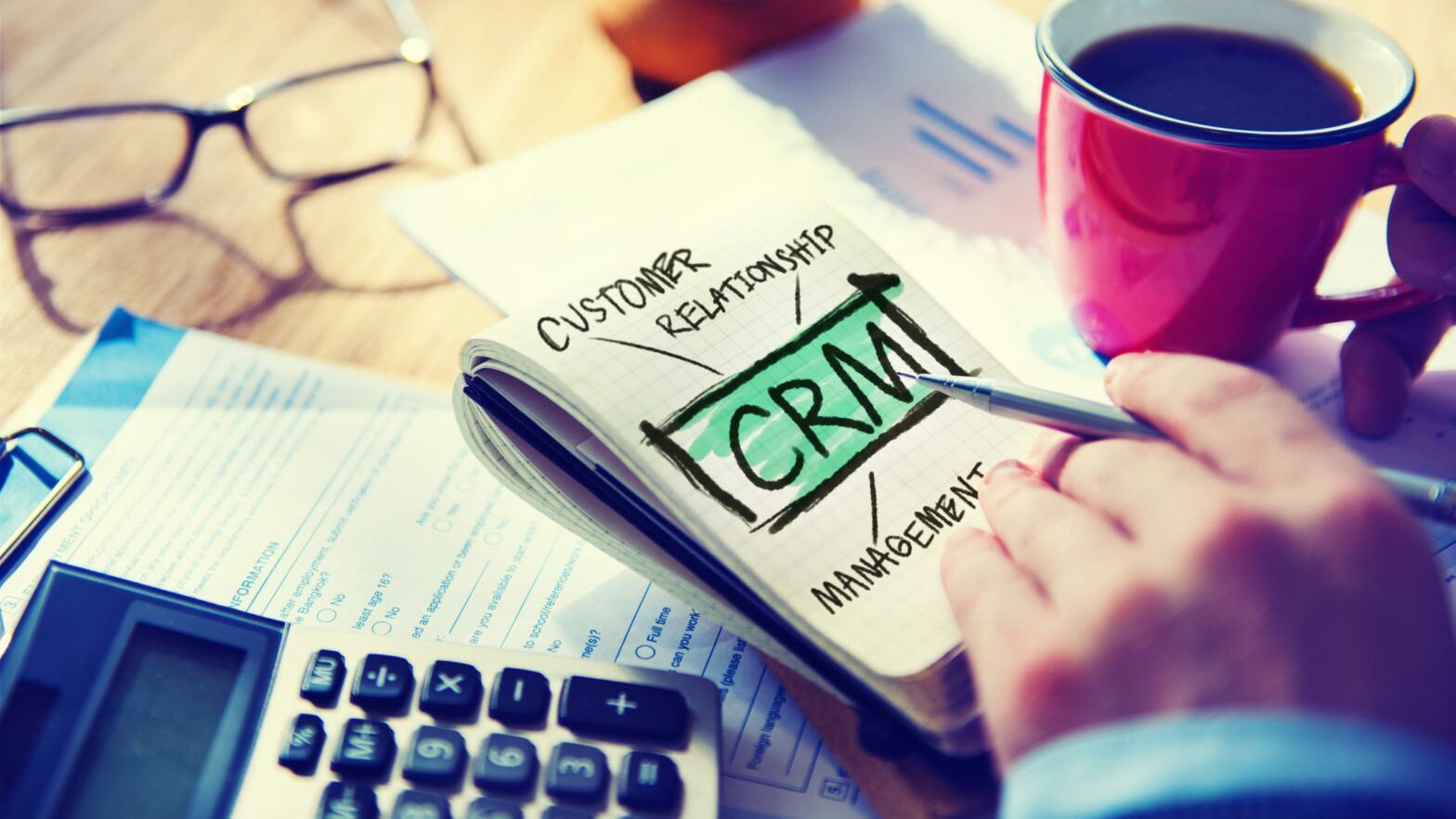Access to software applications used to be restricted by the sophistication of your hardware, but developments in browser technology mean that companies can now use any software with the most basic computer equipment, from any location. Computing, in other words, is moving online.
“Cloud computing” has been billed as the next big thing by technology vendors, but for once there may be a grain of truth amidst the hype. A survey from internet services provider Easynet Connect finds that 50 per cent of businesses expect to be using the cloud within the next 12 months, compared with only 22 per cent at the end of 2008.
Nick Thompson, managing director of IT company DCSL Software, says that cloud computing is particularly popular for companies that are database driven as there’s no capital expenditure or barrier to entry. Robert Epstein, head of SMB sales at Microsoft, agrees: ‘As broadband has become much more reliable and businesses are currently very cost-conscious, more people are starting to use it. To start with, it was the larger companies who first spotted the opportunity involved, but now it’s the SME end of the market that’s growing the fastest.’
Grey area
When the cloud is discussed in conjunction with software-as-a-service (SaaS), things can get confusing. In the jargon-obsessed world of IT specialists, the broad consensus is that SaaS is a specific application, such as a customer relationship management or email system, that is delivered by a vendor, typically on a pay-as-you-go basis. By contrast, the cloud is a virtual data centre that allows you to store data for, say, business continuity purposes and control the computing resources available to you.
Andy Burton, chairman of the Cloud Industry Forum, says, ‘The cloud can include the concept of SaaS, so you can create a private cloud for your business and have certain applications served within that. Typically, though, SaaS is a rental service from a software company, whereas with the cloud you are responsible for the amount of services you have. One is infrastructure-as-a-service, the other data-as-a-service.’
Scaling up
For the average user, as opposed to the IT purist, “the cloud” and “SaaS” have become interchangeable terms. Andrew Shebbeare, managing director of digital marketing agency Essence, decided to move to the cloud when his business expanded from 20 members of staff to 30. ‘We were already overstretched and I was running around doing all the IT support, which was taking up far too much time,’ he says.
‘We decided to use Google Apps to save money and because we wanted a system that required minimal labour to run,’ says Shebbeare, who uses the service for emails, video-conferencing and document sharing for an annual cost of £33 per user. ‘We looked into the hardware version of something similar, and realised it would have come to more than £30,000, when taking IT support and licence costs into account, so the decision was a no-brainer. We’ve expanded to 49 employees now and the system has grown with us.’
Russell Harris, CEO of document destruction company Shred Secure, pays around £300 to £400 a month for a CRM system accessed through the cloud. ‘We had previously spent £10,000 on a software package that turned out to be completely unsuitable for us,’ he says. ‘When a customer phoned, we were unable to access account details and would have to ask the customer again for their relevant information. It reached the point where we got so fed up, we just decided to start again with something else.’
The new system brings up customer history automatically, runs off job completion sheets and prints invoices. Since using it, Harris says his customer retention rates have improved and he has more control over operations: ‘Once we complete a job it pings through on my BlackBerry so I know exactly what’s going on.’
For Harris a cloud-based CRM meant he didn’t have to spend another £10,000 in upfront costs. ‘I don’t really see that sort of expenditure as an investment because the value of software depreciates almost instantly and it doesn’t take long before you have to spend more money on upgrades. Also, we don’t have a great deal of IT knowledge in the company, so we’d have to pay support costs,’ he adds.
Security issues
If there is a concern about the cloud, it often relates to sharing sensitive information on the web. ‘Security is probably our biggest concern with regard to outsourcing,’ says Harris. ‘We made the IT company sign a non-disclosure agreement regarding our customers’ information.’
DCSL Software’s Thompson agrees that security can be a perceived cause for concern. ‘This is the only downside and it’s something we have to be very conscious of. We need to ensure that when someone is using an application, the server can’t be intercepted. When storing data in a shared environment, we have to make sure that it is secure. But our vigilance has paid off, as we haven’t had any breaches of security.’
Thompson believes the cloud represents a paradigm shift in the way companies operate their IT systems. ‘It’s now possible to use pretty much anything through the cloud, apart from things like advanced graphics work,’ he says.
‘It won’t be long before we are all using it. Google has been pushing its online applications. And now that Microsoft is really beginning to, we will soon see most applications run through the cloud.’






